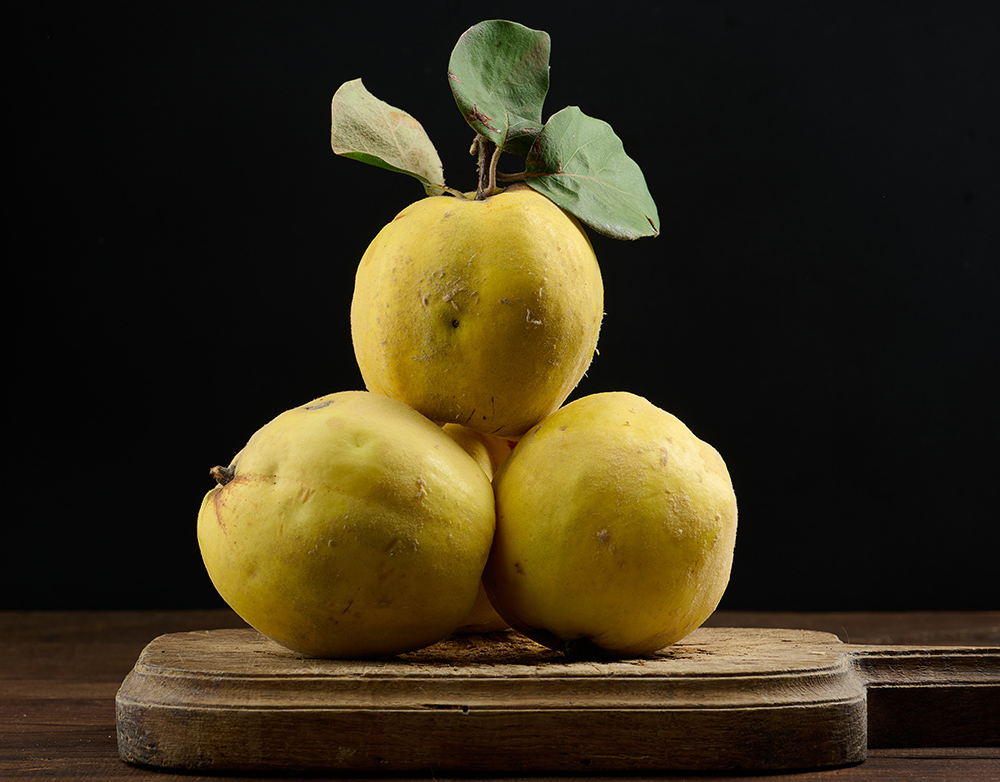Quince might sound like a name and may in fact be an individual’s name, but the Quince of today is making reference to a fruit which is grown on a small tree or shrub of the rose family.
Origin
Quince is the only member of the of the genus Cydonia and is native to Iran, Turkiye and possible Greece and the Crimean Peninsula. In Greece and Rome, it was a symbol of love and fertility.
Description
The quince often looks similar to a big plum in shape, with a light green color. When it is ripe and ready to eat, it reaches a bright yellow hue with little specks of brown. In addition to its appearance, its fragrant fruity aroma will certainly get your attention.
Health Benefits
Rich in nutrients
Quinces are low in calories and have a lot of essential vitamins including vitamin C, B6, B1, magnesium, Potassium, iron and copper, making the fruit very nutritious.
Contains potent antioxidants
Most of the benefits associated with Quinces can be attributed to the fruit’s rich supply of antioxidants. These antioxidants reduce metabolic stress and inflammation while protecting your cells from free radical damage.
Help manage pregnancy-induced nausea
A recent study found quince syrup to be significantly more effective than vitamin B6 at reducing pregnancy -induced nausea and vomiting.
May relieve digestive issues
Quince extract in recent studies has been shown to protect gut tissue against any damage related to inflammatory bowel diseases such as ulcerative colitis.


Comments are closed.